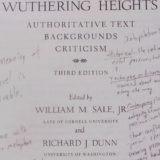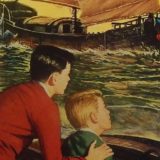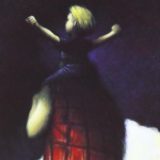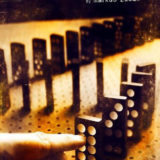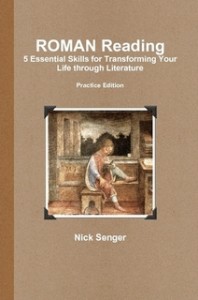Annotating Books: A Roundup
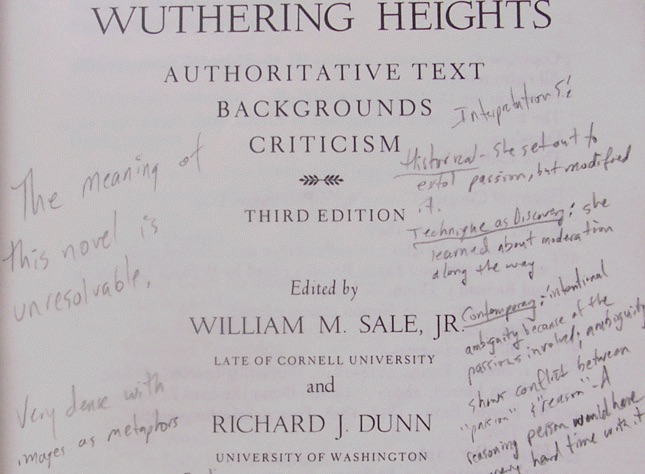 Today’s roundup focuses on the importance of annotating a book. I first learned the skill of marking in books from Mortimer Adler, who writes:
Today’s roundup focuses on the importance of annotating a book. I first learned the skill of marking in books from Mortimer Adler, who writes:
There are three kinds of book owners. The first has all the standard sets and best sellers — unread, untouched. (This deluded individual owns woodpulp and ink, not books.) The second has a great many books — a few of them read through, most of them dipped into, but all of them as clean and shiny as the day they were bought. (This person would probably like to make books his own, but is restrained by a false respect for their physical appearance.) The third has a few books or many — every one of them dog-eared and dilapidated, shaken and loosened by continual use, marked and scribbled in from front to back. (This man owns books.)
We want our students to be the third kind of book owners. Engaging with a text physically by annotating is a sign of engaging with a text intellectually.
We ask families of seventh and eighth graders at our school to purchase the novels their teens read in class, rather than using school copies. This is solely because we want students to be writing in their books. But this is hard for some people to understand. Each year we get phone calls from parents who want to know if their teen can use an older brother or sister’s novel, so they don’t have to shell out more money than they have to. And I understand that. It seems excessive to have three copies of Les Miserables, To Kill a Mockingbird, and War of the Worlds in the house. But what that tells me as an educator is that we have to do a better of job of explaining the importance of annotating–that using another student’s annotated book in class is like using someone else’s essay to write their own.
To that end, today’s roundup pulls together a few resources from around the web to highlight the importance of annotating:
Practicing Useful Annotation Strategies – Dinah Mack and Holly Epstein Ojalvo, New York Times: “In this lesson, students review strategies of annotation and consider the benefits. They brainstorm ways to annotate, explore various methods in depth and test the value of annotating while reading.”
Book Lovers Fear Dim Future for Notes in the Margin – Dirk Johnson, New York Times: “examining marginalia reveals a pattern of emotional reactions among everyday readers that might otherwise be missed, even by literary professionals.”
On Annotating Books – from Emma Nichols, Book Riot – “I love paging through old books and reading the bits I’ve annotated. Occasionally they’ll bring me back to that first read—the surprise and delight of a sentence/phrase/whole paragraph—but mostly the sentences feel fresh and new. Looking at old annotations is like seeing a version of myself from two or three or five years ago.”
How to Mark a Book – Peter Stephens, Slow Reads: “First, I annotate a book to create trails as if I were the first person to hike through a particular forest.”
“Marginalia” – a poem by Billy Collins: “Sometimes the notes are ferocious,/skirmishes against the author/raging along the borders of every page/in tiny black script.”
For a thorough exploration of the history and use of book annotations, you can do no better than Marginalia by H.J. Jackson, a finalist for the National Book Critics Circle Award.
And finally, your students may appreciate Ariel Bassett’s enthusiastic endorsement of annotating books:

